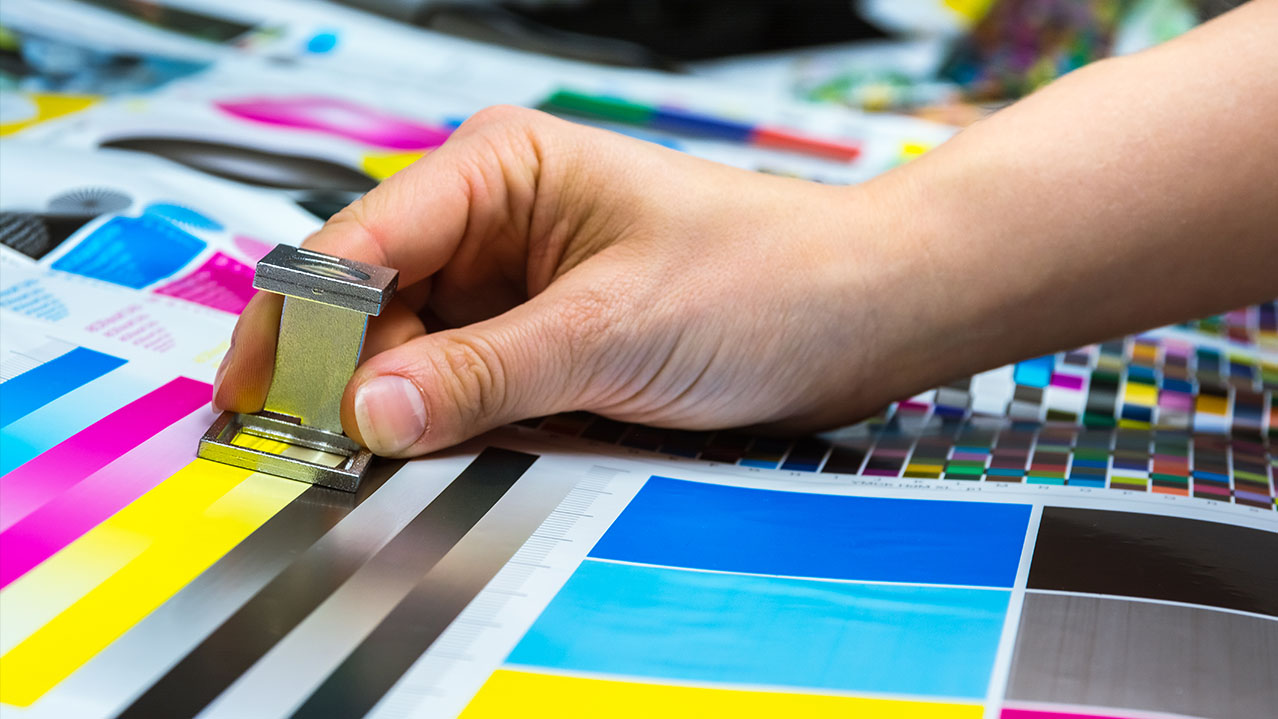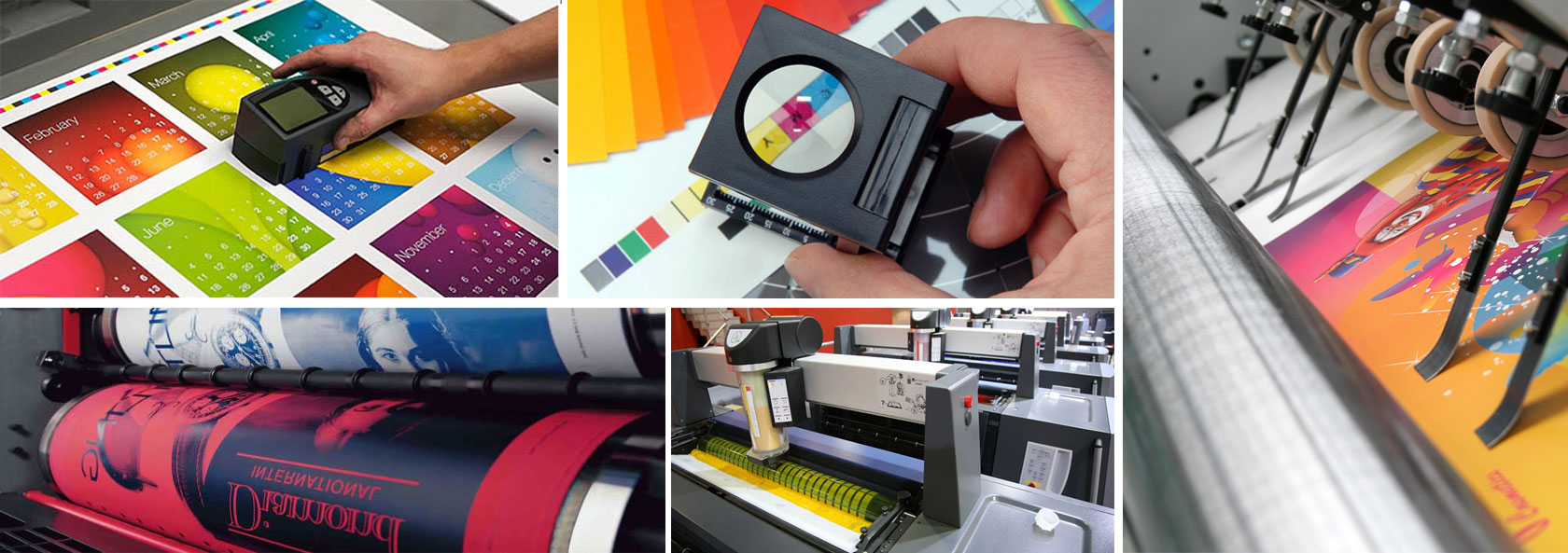Green and Low-Impact Options in litho printing
Green and Low-Impact Options in litho printing
Blog Article
A Comprehensive Guide to Comprehending Litho Printing Methods
The world of litho printing, a technique stemming from the late 18th century, is a fascinating mix of history, art, scientific research and technology. This thorough overview will certainly untangle the intricacies of this printing method, from the make-up of litho inks to the difficulties faced in modern-day applications. As we venture into the complexities of lithography, the relevance of automation and sustainability in guaranteeing its future significance ends up being progressively clear. Remain with us as we journey into the fascinating world of litho printing.
The Historical Advancement of Litho Printing
The historic trajectory of litho printing, a crucial innovation in the realm of interaction, is a captivating tale of human resourcefulness. Birthed in the late 18th century by Alois Senefelder, this technique was originally a cost-effective approach of releasing theatrical works. Lithography, stemmed from the Greek words for 'stone' and 'to write', made use of a smooth stone surface to transfer pictures onto paper. The procedure progressed with the development of the rotating press, which substantially boosted efficiency (litho printing). In the 20th century, the technology of offset lithography transformed the market, permitting mass manufacturing of premium prints. Each stage of litho printing's development showcases mankind's unrelenting pursuit of effectiveness and top quality in visual interaction.
Decoding the Scientific Research Behind Litho Printing Inks
Progressing in the expedition of litho printing methods, the emphasis now moves to the scientific research behind litho printing inks. The composition of these inks, their drying out process, and shade mixing strategies form the foundation of this complicated art form. Comprehending these aspects is crucial to mastering the craft and attaining the desired print outcomes.
Composition of Litho Inks
In lithographic printing, the basic duty of litho inks can not be overemphasized. Pigments, the color-providing components, are finely ground fragments put on hold in the vehicle, a fluid that brings the pigment onto the printing surface area. Each part plays an important component in the final print's quality, making the precise solution of litho inks an intricate science.
Ink Drying Refine
From the structure of litho inks, attention transforms to the interesting procedure of ink drying. The drying process is crucial, as it affects the last print's top quality and long life. 2 primary techniques are used in litho printing: oxidative drying out and absorption. Oxidative drying involves the ink responding with oxygen airborne to create a difficult, dry film. This technique provides a resilient surface, but can be slower compared to absorption. Absorption, on the other hand, involves the ink seeping into the paper fibers, which is a faster process but can result in less vivid colors. The selection between these methods depends on aspects such as print speed requirements, the paper kind utilized, and the desired coating.
Color Combining Techniques
While the drying procedure plays a crucial role in litho printing, the scientific research of shade mixing strategies holds equal relevance. This is an intricate process that entails the careful blending of main colors: cyan, magenta, and yellow, in differing proportions to accomplish a large variety of shades. The enhancement of black ink, referred to as 'essential', aids in managing the strength and deepness of the colors. The scientific research behind litho printing inks also takes into consideration the openness of the ink, which influences just how colors overlay and mix. To accomplish an effective shade mix, print professionals should additionally recognize the complexities of ink behavior, shade theory, and the physical residential properties of the substratum on which the ink is applied.
The Art and Design Aspects in Litho Printing
Litho printing takes a breath life into art and layout via its unique elements. The procedure entails developing a photo on a lithographic limestone plate or steel plate with a smooth surface. The photo is after that printed onto a medium, usually paper, by transferring the ink from home plate. What collections litho publishing apart is its capacity to duplicate elaborate styles with high integrity, making the output almost the same to the initial artwork. This is achieved with the use of various line strategies such as stippling, hatching, and cross-hatching, which permit a variety of tonal impacts. Litho printing fits a variety of colors, enabling artists to produce dynamic and vibrant prints. This mix of accuracy and flexibility makes litho printing a favored choice for several musicians and developers.
Modern Applications of Litho Printing Techniques
Litho printing methods have actually found extensive usage in the contemporary commercial industry. Its influence and value remain to expand with the arrival of brand-new innovations and innovations in the field. This area will certainly explore these contemporary applications and the transformative function they play in the printing market.
Commercial Litho Printing Uses
In today's electronic age, one might question the importance of traditional printing methods. Litho printing continues to be a vital component of the commercial field. High-volume printing jobs, such as the manufacturing of publications, newspapers, and product packaging, rely on litho printing for its capability to supply premium picture quality and expense performance. The process, which includes moving an inked image from a plate onto a rubber covering and then to the printing surface, offers unmatched uniformity. This makes it excellent for tasks needing a big print run. Litho printing likewise gives a broad color range, above that of electronic printing. This makes it the go-to option for jobs that demand lively, high-grade shade reproduction.
Advancements in Litho Printing
Pressing the boundaries of conventional strategies, modern-day innovations have actually fueled a host of advancements in litho printing. These innovations have not only improved the high quality and performance of litho prints but likewise broadened its application range. One prominent advancement is digital litho printing, which incorporates the virtues of digital technology with litho's high-quality outcome. This hybrid design provides faster configuration times, reduced waste, and allows on-demand printing. Another remarkable development is the introduction of environmentally pleasant inks. These inks, made from veggie or soy-based services, have actually dramatically reduced the industry's environmental impact. litho printing. Additionally, the advancement of innovative plate technology has structured the printing procedure, resulting in sharper photos and boosted color integrity. These advancements emphasize the long-lasting relevance of litho printing in the modern-day world.
Discovering the Refine of Litho Printing: Step by Step

Obstacles and Solutions in Contemporary Litho Printing

In spite of the precision and custom that litho printing happily supports, it is not without its set of contemporary difficulties. One of the most common problems include the high initial setup expense, trouble in printing variable information, and environmental problems due to chemical usage. Nevertheless, remedies are emerging as innovation evolves. Digital litho printing enables affordable brief runs and very easy personalization, attending to the issue of variable information. Environmentally-friendly inks and safer plate-making procedures alleviate ecological worries. Additionally, innovations in automation have minimized labor prices, better democratizing the lithography procedure. Hence, while there are challenges, the litho printing sector is proactively adjusting to satisfy them head-on, guaranteeing its importance in the future.
Verdict
Finally, litho printing, with its abundant history and scientific ins and outs, holds a significant location in the print market. As the overview exposes, it's a synthesis of art and innovation, with contemporary improvements guaranteeing its importance. Nevertheless, the market faces challenges that require innovative remedies, with a concentrate on automation and sustainability. The future of litho printing hinges on its capability to adjust to these altering demands, affirming its enduring worth in a developing market.

Report this page